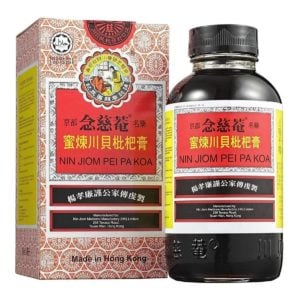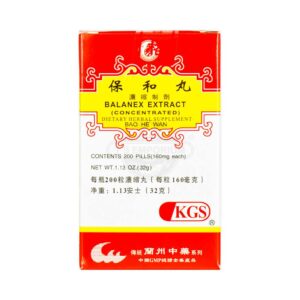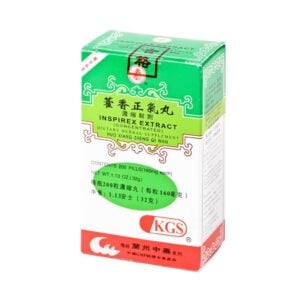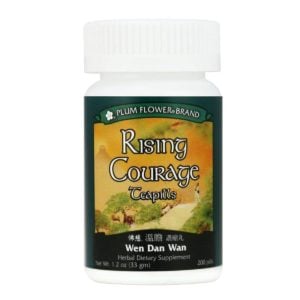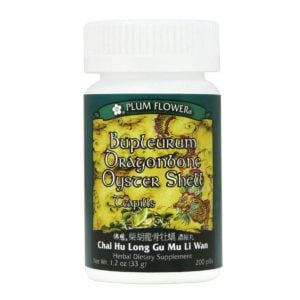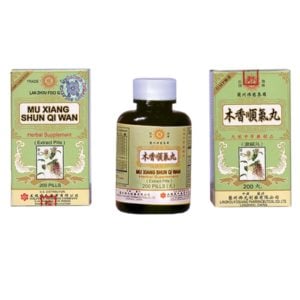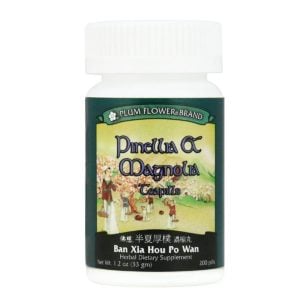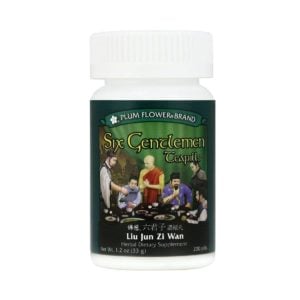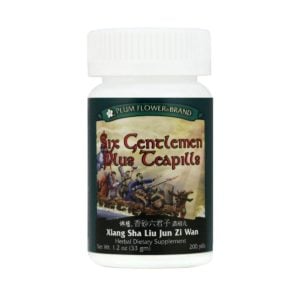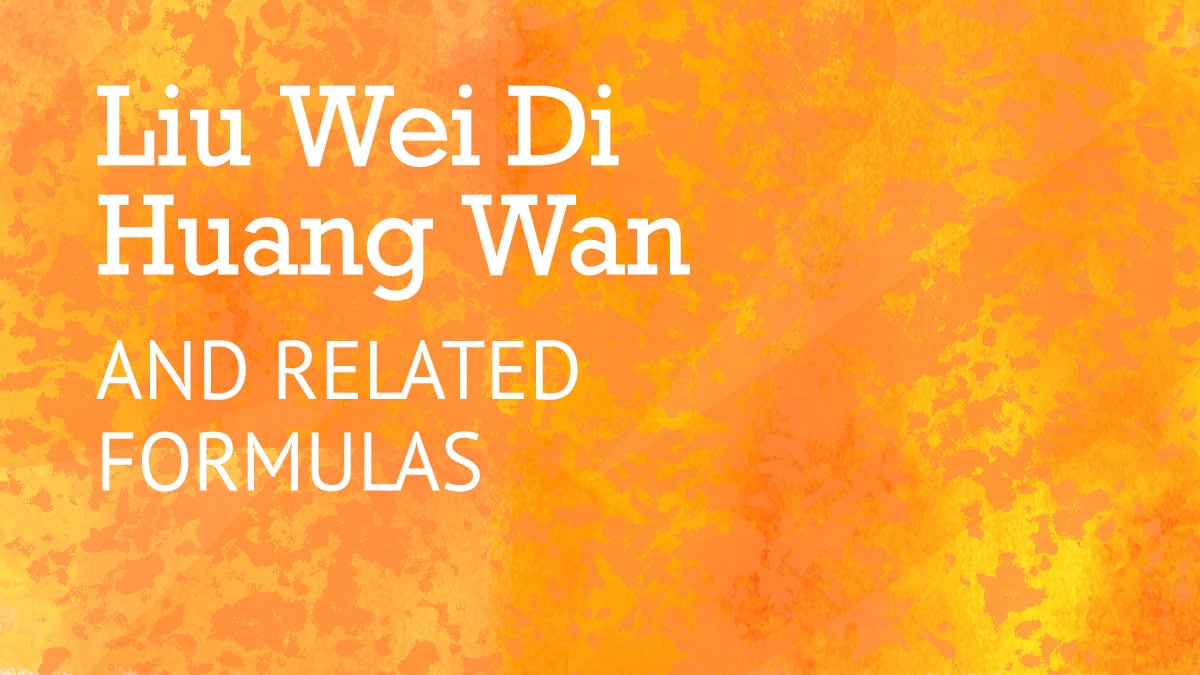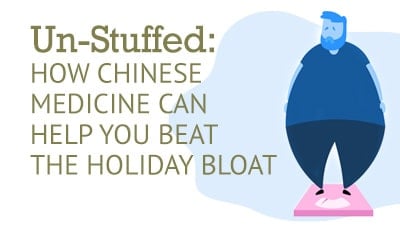Ban Xia
English Name: pinellia, pinellia tuber
Pharmaceutical Name: Rhizoma Pinelliae
Medica Category: Phlegm-Resolving Herbs
Properties: Ban Xia enters the Spleen, Stomach, and Lung channels; it is acrid in nature and warm in temperature.
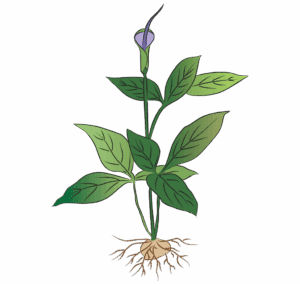 What is Ban Xia?:
What is Ban Xia?:
The Chinese Herb Ban Xia is the small, round rhizome (tuber) from a plant with the common name “crow-dipper” (Pinellia ternata (Thumb.) Breit.) that is native to Southern China and Japan (and considered invasive in the U.S. where it has been introduced). It is in the Araceae family and resembles jack-in-the-pulpit (with its spathe and spadix flower). The rhizomes form little bulbs that grow just beneath the surface of the dirt, and it is these rhizomes that are dug up in the late summer and autumn, peeled open, and dried in preparation for further processing.
Unprocessed, these rhizomes are toxic and ingestion will produce any number of adverse effects for which one should seek immediate treatment (although you will not find unprocessed/fresh Ban Xia (or Sheng Ban Xia) unless you go to a dispensary and specifically ask for it—as it does have medicinal value as a topical to treat sores, ulcerations and carbuncles).
It follows, then, that Ban Xia will always be processed in some way for use internally—this is why it is sometimes referred to as Zhi Ban Xia (Zhi in this context means “processed”). Simply cooking fresh Ban Xia in hot water with fresh ginger (Sheng Jiang) for 30 minutes should neutralize any toxicity; however, standard processing is to soak the dried, raw tuber in water and then boil it with alumen, calcium oxide, and licorice root (the Chinese herb Gan Cao)—this preparation makes Ban Xia effective at resolving phlegm and dampness in the Lung, Spleen, and Stomach (see below). There are other ways to prepare fresh Ban Xia for use internally depending on the aims of the practitioner/medicine maker—a full discussion can be found in Chen & Chen pp. 683-4.
 Traditional Chinese Medicine (TCM) Therapeutic Actions of Ban Xia:
Traditional Chinese Medicine (TCM) Therapeutic Actions of Ban Xia:
Ban Xia dries dampness and dissolves phlegm. It enters the Spleen and Lung channels to eliminate excess phlegm both from the source of its production (Spleen) and from where its excess accumulates (Lung).
According to TCM theory, when excess phlegm is produced in the Spleen, it leads to what is called a “phlegm obstruction”. This obstruction causes the Spleen/Stomach qi to “rebel” (i.e. its normal, downward direction is reversed) resulting in nausea and vomiting. Ban Xia, being acrid, warm, and drying in nature has excellent properties to harmonize the stomach and return the rebellious qi to its normal, downward direction.
Also according to TCM theory, excess phlegm is stored in the Lungs, and Ban Xia is often added to formula to address various manifestations of productive cough that is produced when there is excess phlegm in the Lung channel. Ban Xia also addresses other clinical manifestations of excess phlegm in the Lung such as tightness and stifling sensations in the chest with shortness of breath (with other deficiency and cold signs present (watery sputum, fatigue, loose stools etc…)).
Ban Xia also dissipates nodules and disperses stagnation in the chest and throat to address thyroid nodules and scrofula; it also addresses globus hystericus, which is the sensation of having a lump in the throat when “nothing” is there—in TCM this is called plum pit syndrome/qi and is attributed to phlegm obstructing the qi mechanism in the throat.
Ban Xia can also be used topically to treat sores, ulcerations, and carbuncles.
—safety notes:
Use with caution during pregnancy
The fresh herb is toxic and should be used only for external application.
student/practioner notes: Ban Xia dissolves cold phlegm accumulations and should be used with thought and consideration in cases with heat (whether full or yin-deficient). A full list of diagnostic considerations regarding Ban Xia’s most effective usage is can be found in contraindications box of the single herb listing on American Dragon.com)
Products Containing Tag: Ban Xia – Pinellia – Rhizoma Pinelliae
-
Pei Pa Koa – Loquat Chinese Cough Syrup – (300ml /10fl oz)
Add to Cart$25.34
-
Plum Flower – Rising Courage Teapills (Wen Dan Wan)
Add to Cart$25.73
$33.70 -
Plum Flower – Six Gentlemen Teapills (Liu Jun Zi Wan)
Add to Cart$21.23
$27.90 -
Plum Flower – Six Gentlemen Plus Teapills (Xiang Sha Liu Zi Wan)
Add to Cart$23.93
$31.30

